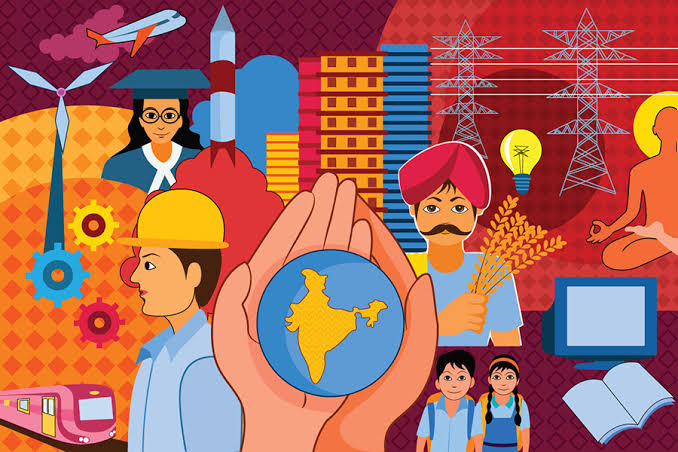A strategic move to harness Asia’s Economic Rise

School children are normally used to studying another foreign language in addition to English in case the facilities are available for them to do so. Only a few selected schools in Sri Lanka have the resources to offer optional subjects to students.
President Ranil Wickremesinghe, in remarks at the annual prize giving ceremony of Nugegoda Anula Vidyalaya, spelt out the importance of learning Chinese and Hindi in addition to the compulsory gaining of fluency in English in broadening their linguistic horizons. China and India are two countries that have already undertaken steps to promote their respective national languages across the world, while solidifying their positions as global economic giants and geo-political influencers.
The President’s plea underscores the need to prepare children for a world in which Asia takes the centre-stage.
The President has adopted an Asia-centric foreign policy as he envisaged in his address to the Nikkei Forum in Japan three months ago. Asia, which claims nearly 30 percent of the Earth’s landmass, is home to 4.75 billion people – a bulk of them in India and China. It is about 60 percent of the world’s population. The region is now the world’s largest economy. As such it is pragmatic for Sri Lanka, a country strategically positioned in the same region, to explore better connectivity with its Asian neighbours.
India and China are the key drivers of the global economy in the Asian region along with the countries such as Japan, South Korea and the member states of ASEAN.
China is heading to be the top contributor to global growth over the next five years, with its share set to be double that of the US, according to the International Monetary Fund (IMF).
The nation’s slice of global gross domestic product expansion is expected to represent 22.6 percent of total world growth through 2028.
The same goes for India which is now one of the fastest growing economies of the world and is poised to continue on this path, with aspirations to reach high middle income status by 2047, the centenary of Indian independence, according to the World Bank.
India’s contribution to the global GDP is tipped to be at 12.9 percent, whereas the United States will contribute 11.3 percent. India’s growth trajectory is well positioned, and it has sought improved ties with Sri Lanka for economic and people to people linkages. India is a bright spot as such.
According to the IMF, China and India will account for more than half of this year’s global growth.
In this manner, despite being geopolitical rivals sharing a disputed border, these two countries will dominate the world stage with their economic might, probably elbowing out the western world from the scene. What happens when a country emerges as a global powerhouse? What will China and India do? Along with them Asian values will get incorporated into the globalized culture.
As it is amply clear, both the countries draw on insights from their respective civilizations. China has given pride of place to revive its Confucius thinking and traditions along with modernization. Likewise, India takes pride in its civilizational values. Along with their growth as global giants, their values will take the centre stage, maybe, with adjustments to suit common global requirements.
The international significance of their languages – Chinese and Hindi – will rise phenomenally along with their growth. Naturally, people with proficiency in these languages will have the benefit of better engaging with these two countries for education, economic and trading affairs and tourism.
Therefore, it is fair enough for any country in the world today to include Chinese and Hindi in their school curricula. It is, in fact, happening in some countries at the moment.
President Ranil Wickremesinghe, in his address to the schoolchildren of Nugegoda Anula Vidyalaya, would have taken into such global realities when asking them to study Hindi and Chinese along with English which is, anyway, the global link language today.
When India and China go global as nations proud of their national, cultural and civilization identities, so do their languages.
Daily Mirror



